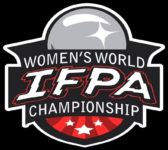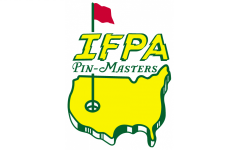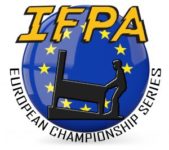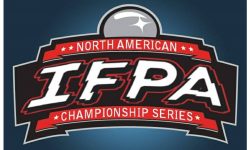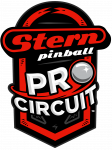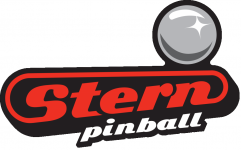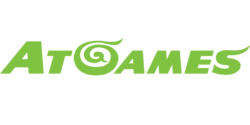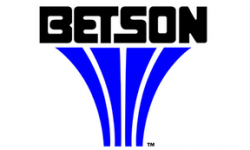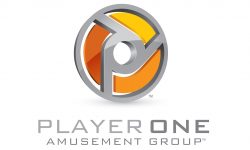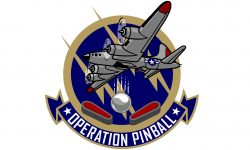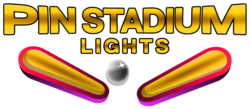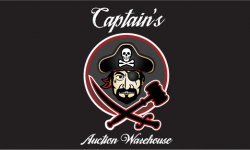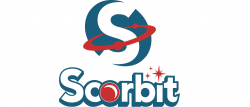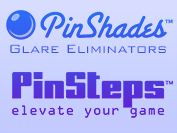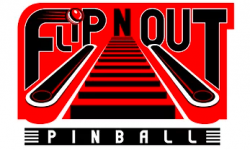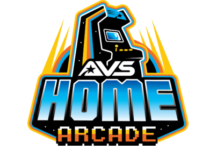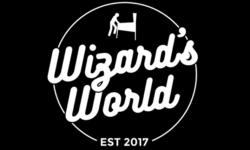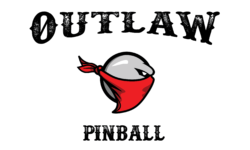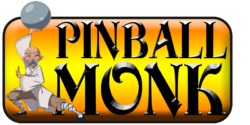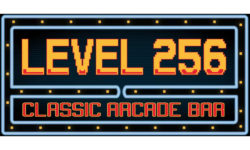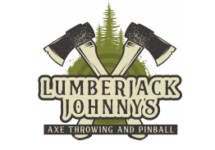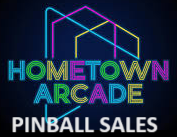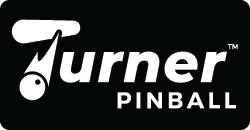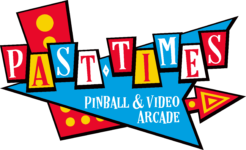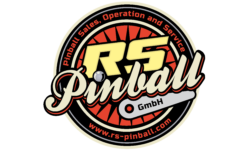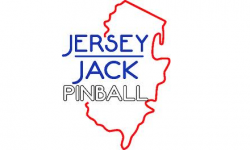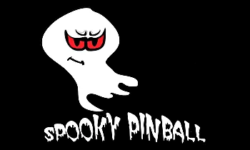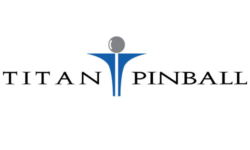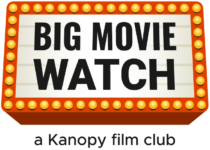PAPA 21 World Pinball Championships – Location Coin Drop Donations Courtesy of Matt Faulkner
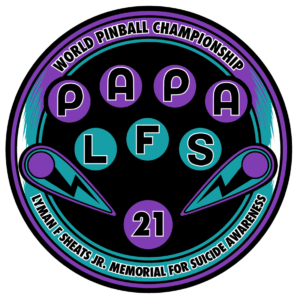
blog post courtesy of Matt Faulkner
For July and August, I have elected to add 10% of the gross coin drop from the pinball machines I have on location to the final donation made to the 988 Suicide & Crisis Lifeline by PAPA 21. I am a hobby operator in my small town of North Bay, Ontario, running about ten games in the area – the only location pinball to play in the region. In the past I have used the “pinball fund” to support friends whose pinball businesses were suffering due to the pandemic, and now I consider it a privilege to be able to support this cause.
Depression is a matter that has caused major problems in my life. It rendered me mostly unable to work for about two years, during which time I was an outpatient in the mental health ward of Mount Sinai Hospital in Toronto, endured months of shock therapy, and checked myself into mental health emergency facilities several times. Pinball was a very important helping hand for me during this time. It was a cheap way to spend my time while unemployed, and was a tremendously effective distraction from my own mind. My focus on pinball during this time not only turned me into a pretty good player, but got me educated in the history of pinball, which made me become fascinated with the genius of Lyman Sheats.
My small, hobby pinball route certainly will not be accumulating tens of thousands of dollars for the cause. However, it’s something that I feel honoured to do at any rate. I am especially hoping it generates interest in local players of how magnificent a player, software designer and figure Lyman was, and to promote the 988 Suicide & Crisis Lifeline to anyone who plays my machines.
I want to send a special thanks to Penni Epstein for being so unabashedly open about Lyman’s condition so soon after we all received the horrible news. Her decisions have turned a tragedy into something I consider an eye-opening event for the pinball community which has the potential to help many people in need. I look forward to meeting you at PAPA, Penni.
Three locations:
Lou Dawg’s Southern BBQ
Gateway City Brewery
Bracebridge Hall.
Lou Dawg’s and Gateway are in North Bay, ON. Bracebridge Hall is in Bracebridge, ON.






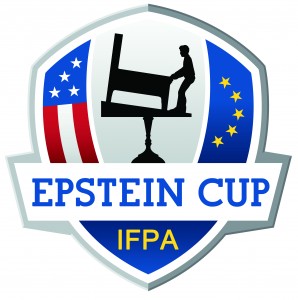
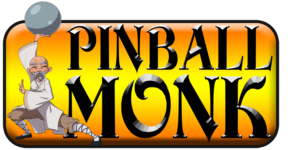
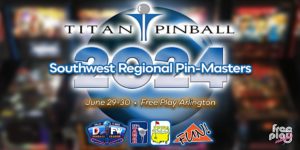 sponsored blog post
sponsored blog post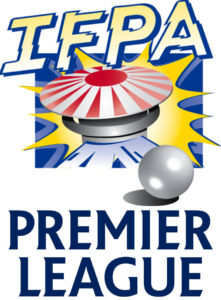 As part of the WPPR v5.7 changes made for the 2022 season, the IFPA added rules to the sanctioning of IFPA Leagues that impacted leagues that played across multiple locations.
As part of the WPPR v5.7 changes made for the 2022 season, the IFPA added rules to the sanctioning of IFPA Leagues that impacted leagues that played across multiple locations.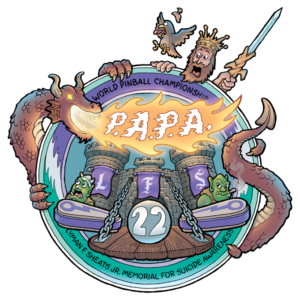
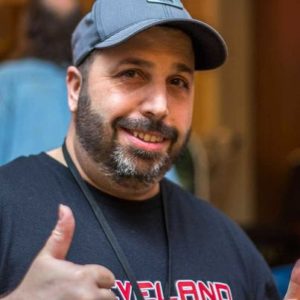 Louis Marx’s interview with Tournament Director:
Louis Marx’s interview with Tournament Director: